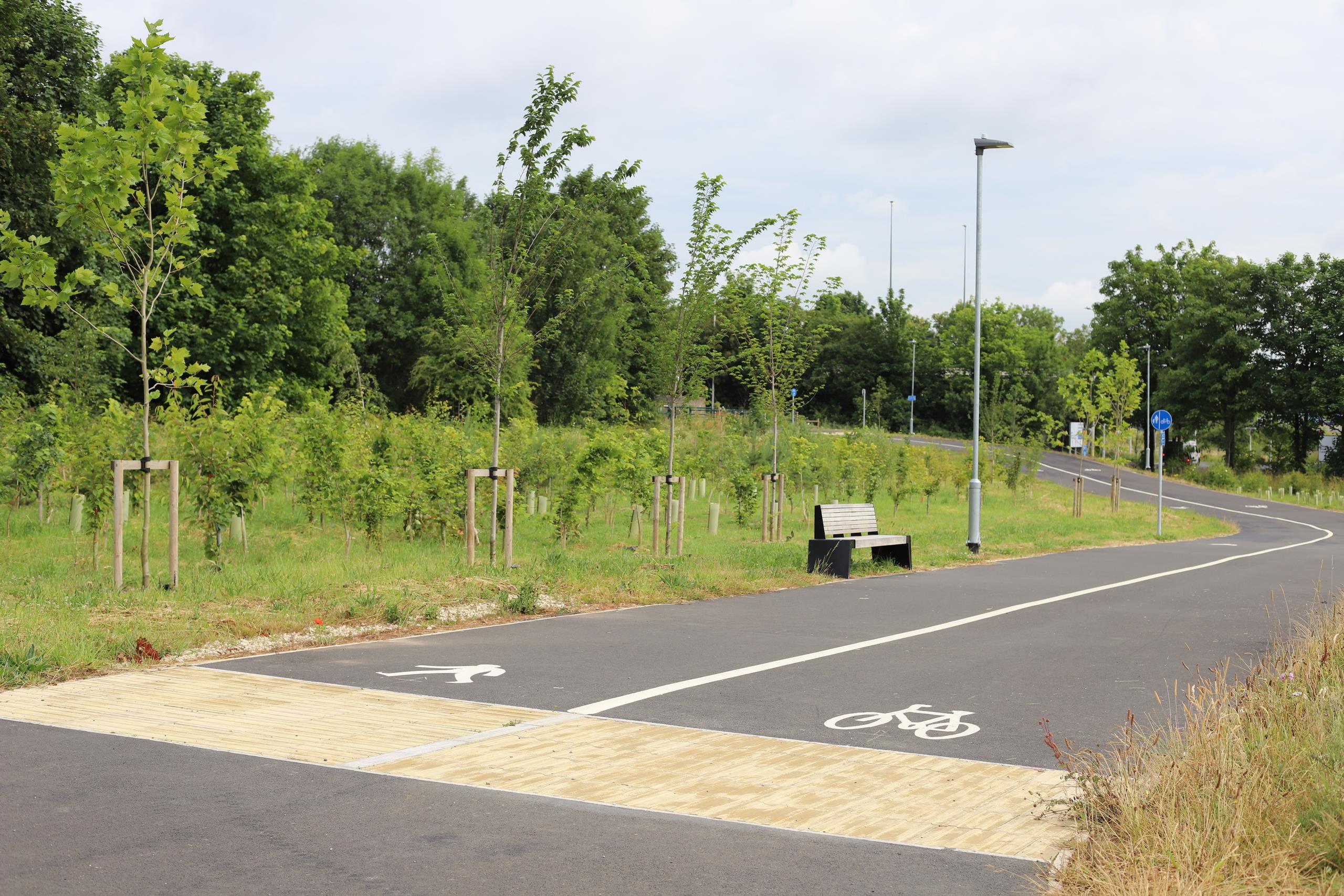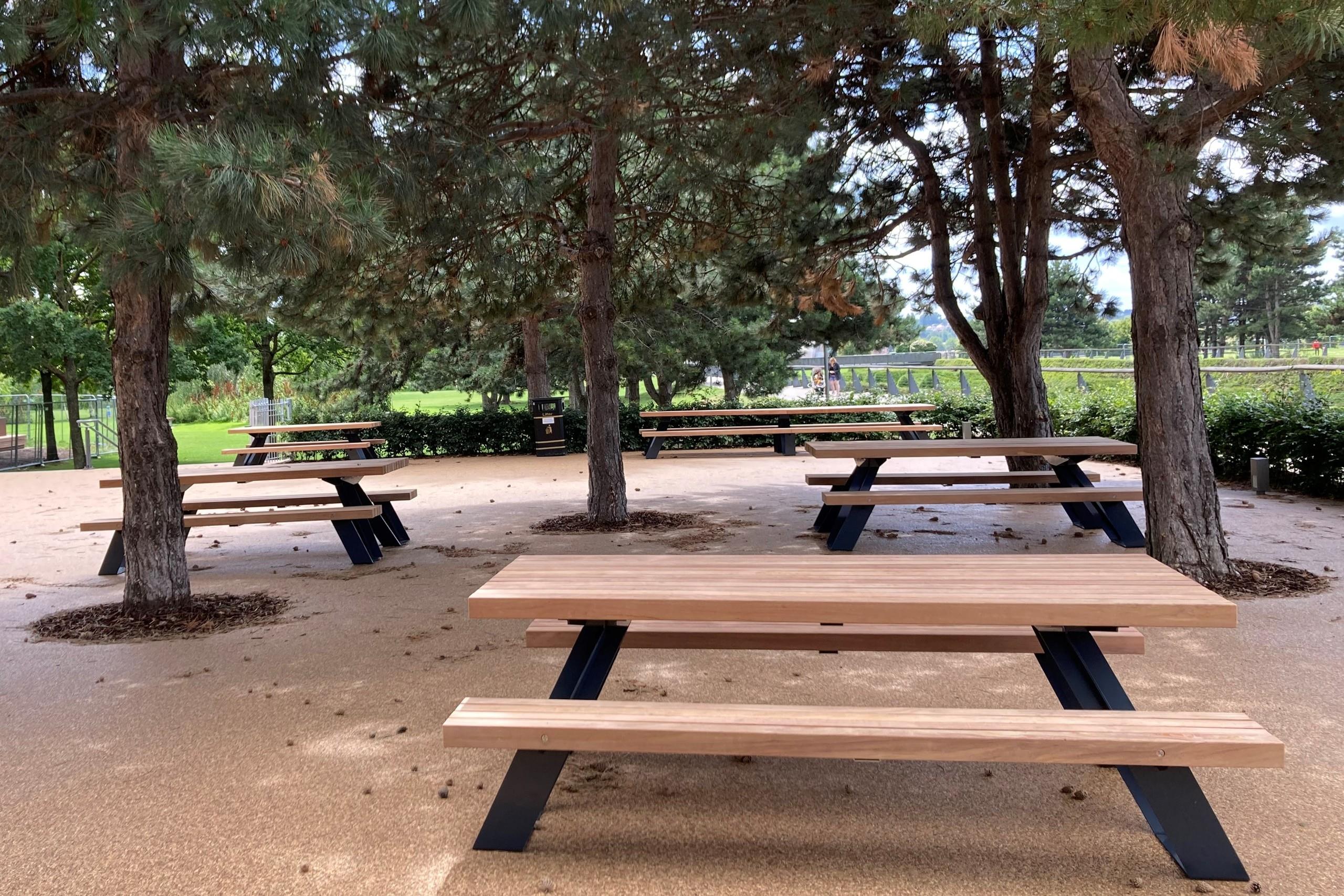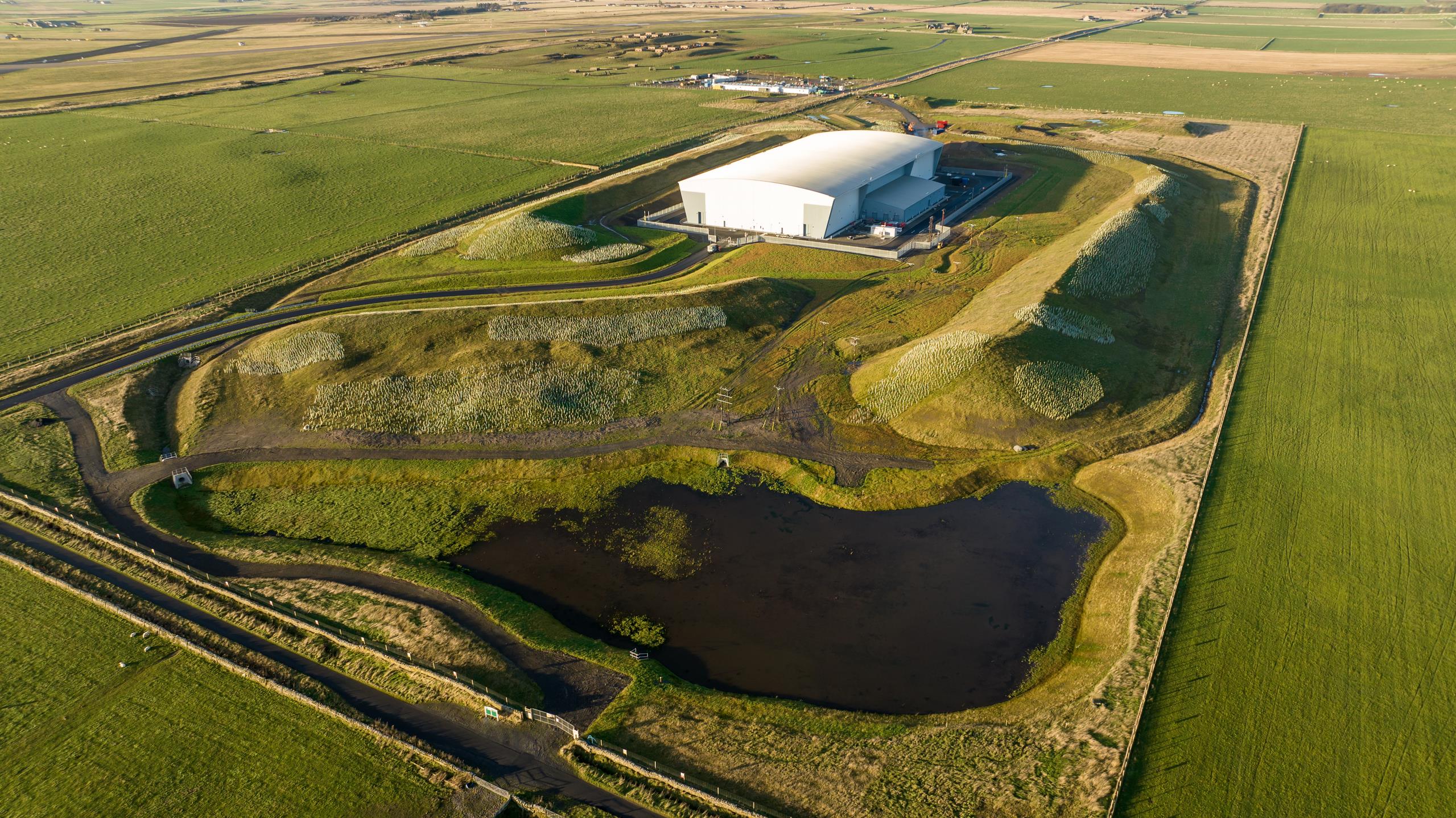Green blueprint: landscape architecture for nature
We caught up with our landscape architecture and arboriculture team to explore the work they do to protect, conserve and enhance landscapes for everyone to enjoy.
What challenges are commonly encountered when shaping more sustainable and biodiversity-friendly landscapes?
Rob Playford: Cost, programme, procurement of planting stock and maintenance. There's a welcome shift towards the importance of biodiversity, climate resilience and carbon reduction, which can’t come soon enough. Landscape design is often an afterthought and budgets for trees and planting are sometimes cut to save money, hurting future biodiversity. Some of our best schemes, like Stourton Park and Ride, really blossomed with early engagement from landscape architects.
With recent changes in legislation, namely the Environment Bill in the UK, more focus is being placed on landscape and ecology, and this supports the inclusion of landscape features, aesthetics, and elements that boost biodiversity. It's good to see this shift and that we're moving in the right direction.
How do you collaborate with local authorities and businesses to create spaces that promote a sense of community?
Elena Grebneva: Involving residents and local businesses in the design process lets their insights help shape spaces that meet the needs and desires of the community. We use a combination of communication, planning and co-ordination to identify objectives and develop a shared vision that aligns with the values and aspirations of all involved.
Establishing clear channels for open communication, such as regular meetings and workshops with stakeholders, ensures everyone's opinions are heard and decisions are made collectively. Feedback from the community and other stakeholders is also useful for making improvements and adjustments to the space over time.
How does biodiversity influence wellbeing and productivity in communities?
Alexander Abbey: It’s important to understand the key users of each space, which can range from pocket parks to large-scale developments. There have been numerous studies conducted to show a positive relationship between the presence of green spaces and various health-related outcomes, including faster recovery times from surgery, reduced stress, improved mental health, and increased physical activity.
Biodiversity-rich environments also provide educational opportunities for the old and young. Giving them opportunities to learn about local ecosystems and their inhabitants, while fostering environmental awareness, ecological literacy and a sense of ownership that ultimately leads to more sustainable practices.
What trends are currently shaping the design and implementation of landscaping projects?
Elena: Sustainability, climate adaptation and nature-based solutions are a significant focus in landscaping projects. Features like rain gardens, permeable pavements and green roofs are becoming more common. Designers are also incorporating native plants, drought-resistant species and xeriscaping – a landscaping and gardening approach that focuses on water conservation by using drought-tolerant plants and efficient water management techniques to promote ecological balance.
Technology has enhanced landscaping projects using smart irrigation systems, outdoor lighting control and augmented reality tools to visualise how a design would look before implementation. Some designers are utilising AI and data analysis to optimise designs to create more efficient and tailored landscapes.
As we experience more extreme weather events, how can we adapt landscaping strategies to address climate change impacts?
Alexander: Understanding the intended outcomes of each space is key to implementing the most beneficial solutions. There are various methods for adapting our landscapes to maintain resilient and sustainable environments. These include choice and variation in planting to suit the evolving climate: green roofs and walls and rainwater harvesting can help reduce reliance on traditional water sources, for example.
Mandatory biodiversity net gain (BNG) regulations are set to take effect in England in November. What long-term benefits do you anticipate?
Rob: It's a positive move by the government and part of a plan to halt species decline by 2030. It requires developers in England and Wales to deliver a 10% biodiversity net gain. In Scotland, there's also a significant emphasis on BNG, but no mandatory percentage gain yet. Many Scottish local planning authorities have already set their own percentage margins.
Whether there's enough funding for councils to enforce these rules is another question. But it is a step in the right direction. We can't just rely on government policy though. Everyone in development needs to put nature first for a green future – this is where real change can happen.
What lessons have you learned from past projects that guide your work on future developments?
Alexander: I’ve been a landscape architect for five years and every year my understanding of the profession keeps growing. Having a good relationship with different suppliers and maintaining regular contact is a great way to stay in the loop with new and innovative products.
Elena: The need to be flexible and adaptable. It allows for better problem-solving and adjustments to changing circumstances. Effective communication among team members, stakeholders and partners prevents misunderstandings and keeps everyone aligned.
Rob: Early project involvement of landscape architects, arboriculturists, soil scientists and other environmental disciplines in projects is critical. When this happens, appropriate costs are factored in, the client faces no last-minute surprises, and the project is well-placed to flourish and enhance the environment.
Read about our landscape design projects and find out how our teams support clients and partners to manage, protect and restore the environment, here.
Start your journey
A career at Mott MacDonald means an opportunity to deliver value, innovation and excellence in some of the world’s most pivotal industries. Apply now to be part of a global team of experts pushing each other to be brilliant every day.







